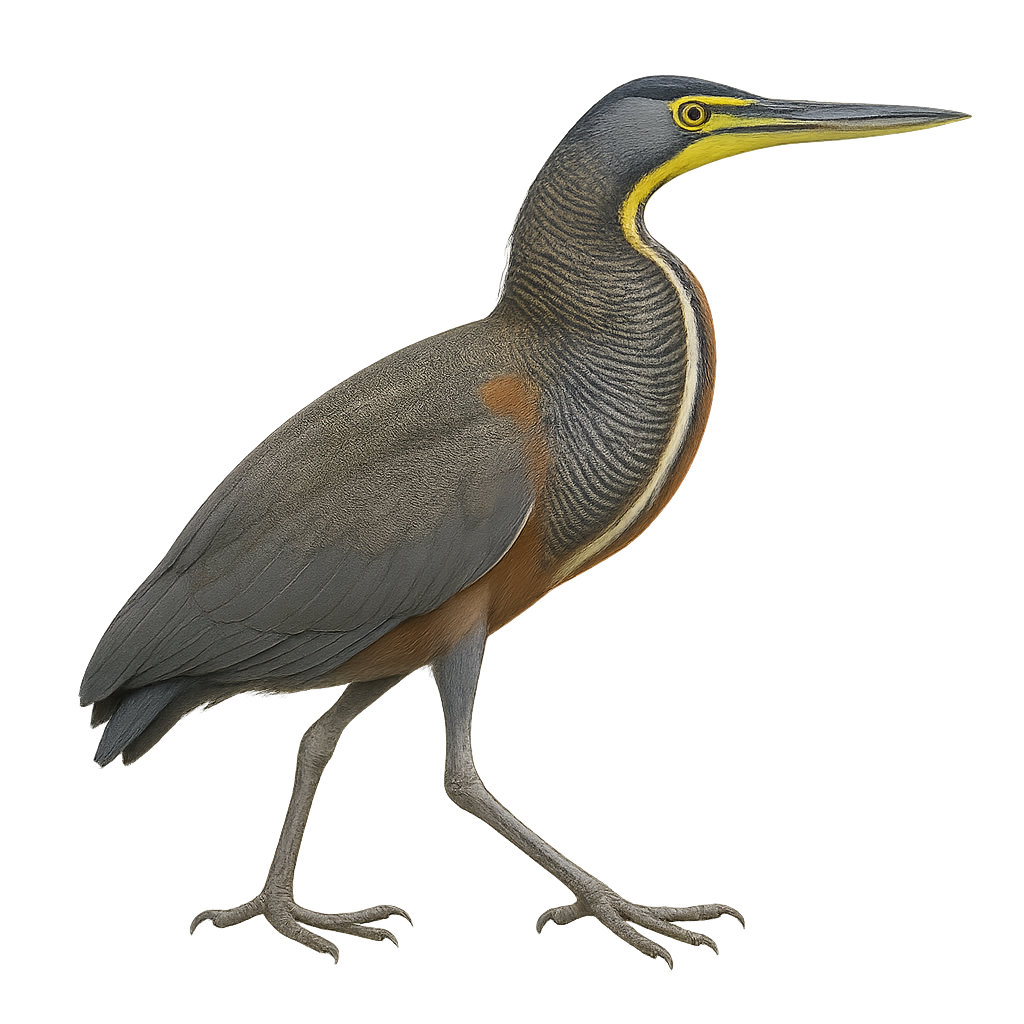Your wildlife photography guide.
Explore the bare-throated tiger heron in detail, study its behavior, prepare your shots.
Where to observe and photograph the bare-throated tiger heron in the wild
Learn where and when to spot the bare-throated tiger heron in the wild, how to identify the species based on distinctive features, and what natural environments it inhabits. The WildlifePhotographer app offers tailored photography tips that reflect the bare-throated tiger heron’s behavior, helping you capture better wildlife images. Explore the full species profile for key information including description, habitat, active periods, and approach techniques.
Bare-throated Tiger Heron
Scientific name: Tigrisoma mexicanum

IUCN Status: Least Concern
Family: ARDEIDAE
Group: Birds
Sensitivity to human approach: Suspicious
Minimum approach distance: 10 m
Courtship display: May to July
Incubation: 26-28 jours
Hatchings: May to August
Habitat:
Mangroves, marshes, slow rivers
Activity period :
Active at dawn and dusk, ideal moments for observation.
Identification and description:
The Bare-throated Tiger Heron, Tigrisoma mexicanum, is a medium-sized heron known for its distinctive plumage and elongated neck. It features gray plumage with black and white stripes on the neck and chest, and a bare yellow throat. Preferring wet habitats like mangroves, marshes, and slow rivers, it is found mainly in Central America. Often solitary, it stands still waiting for prey, primarily fish and amphibians. Though generally discreet, it can be seen at dawn or dusk. Its population is stable, but it is sensitive to habitat degradation.
Recommended lens:
400mm – adjust based on distance, desired framing (portrait or habitat), and approach conditions.
Photography tips:
To photograph the Bare-throated Tiger Heron, focus on twilight hours when it is most active. Use a 400mm or longer telephoto lens to capture detailed images without disturbing it. Look for it in mangroves or near marshes, where it often stands still waiting for prey. Be patient and discreet, as this bird is suspicious and may fly away at the slightest alert. A tripod can be helpful to stabilize your camera in low-light conditions.
The WildlifePhotographer App is coming soon!
Be the first to explore the best nature spots, track rutting seasons, log your observations, and observe more wildlife.
Already 1 439 wildlife lovers subscribed worldwide

